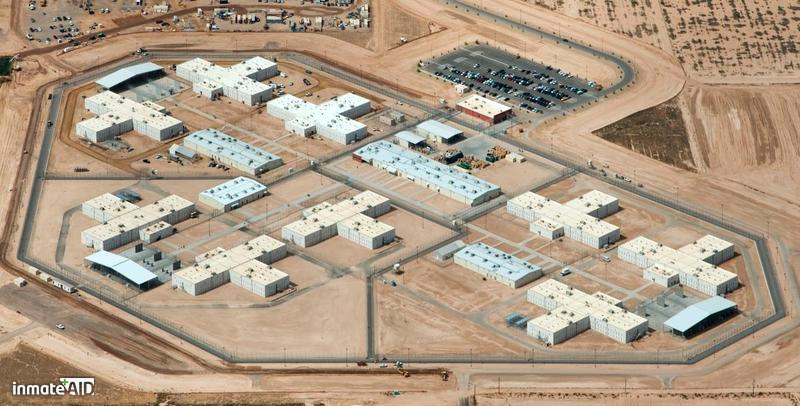In understanding the inner workings of the Federal Bureau of Prisons, one comes face to face with the intricate system of prison security levels. These security levels form the backbone of the federal prison system, delineating the various degrees of supervision and control that govern inmate populations across the United States. From minimum-security facilities designed for non-violent offenders nearing the end of their sentences to the formidable Supermax prisons that house the most dangerous and high-profile criminals, the spectrum of security levels within the federal prison system is as diverse as it is crucial.
At the heart of these security levels lies the concept of inmate classification, a meticulous process through which prisoners are assessed and categorized based on a combination of factors such as criminal history, behavioral tendencies, and potential escape risk. This classification serves as the cornerstone for determining the appropriate placement of inmates within the prison system, ensuring a balance between maintaining order and facilitating rehabilitation. As we delve deeper into the nuanced world of prison levels and inmate custody, a clearer understanding emerges of how the federal prison system navigates the complexities of incarceration and rehabilitation in a quest for justice and security.
Overview of Prison Security Levels
Federal prisons in the United States operate under various security levels that determine the type of inmates they house and the level of security measures in place. These security levels range from minimum security facilities to the highly secure supermax prisons. Inmate classification levels are assigned based on factors such as the severity of the crime committed, history of violence, and risk of escape.

Minimum security facilities, also known as camp or satellite camps, are the least restrictive type of federal prisons. Inmates in these facilities typically have a low risk of violence or escape and may have earned the privilege through good behavior to be placed in such a setting. Inmates in minimum security facilities usually have more freedom of movement and fewer security measures compared to higher security levels.
Supermax prisons, on the other hand, are designed for the most dangerous and high-profile inmates. These facilities are characterized by high levels of security, including solitary confinement units, limited contact with other inmates, and extensive surveillance measures. Inmates in supermax prisons are highly restricted in their movements and activities, with the primary focus being on isolation and control.
Classification of Inmate Custody Levels
Inmate custody levels in federal prisons are determined based on various factors, including the severity of their offense, criminal history, behavior in prison, and risk of escape. These custody levels range from minimum security for low-risk individuals to supermax security for the most dangerous and high-risk offenders.
Minimum security custody levels are assigned to inmates who pose the lowest risk to the prison community. In these facilities, inmates have more freedom of movement, fewer restrictions, and greater opportunities for work and recreation. They are typically non-violent offenders with good behavior records and minimal risk of escape.
On the other end of the spectrum are supermax prisons, which house the most dangerous and high-profile criminals. Inmates at this custody level are subject to strict confinement measures, limited interaction with other inmates and staff, and extensive monitoring to prevent any violent incidents or escape attempts. Supermax facilities are designed to securely hold inmates who present a significant threat to institutional safety and security.
Differences Between Minimum and Supermax Prisons
In minimum security prisons, inmates are typically housed in dormitory-style units without secure perimeters, allowing for more freedom of movement within the facility. In contrast, supermax prisons are designed for the most dangerous and high-risk inmates, featuring solitary confinement units and extensive security measures to prevent escapes and ensure a high level of control over the inmates.
The classification of prisoners in minimum security facilities tends to focus on non-violent offenders with a low risk of escape or posing a threat to others. On the other hand, supermax prisons house inmates classified as extremely violent, disruptive, or likely to incite violence within the prison population. The contrast in inmate classification levels reflects the varying security needs and risks associated with different types of prisoners.
In terms of inmate custody levels, those in minimum security prisons often have more privileges and opportunities for recreation and community interaction compared to inmates in supermax facilities, where restrictions are much tighter and communication with the outside world is severely limited. The differences in inmate custody levels highlight the varying approaches to security and rehabilitation across the spectrum of federal prison security levels.
